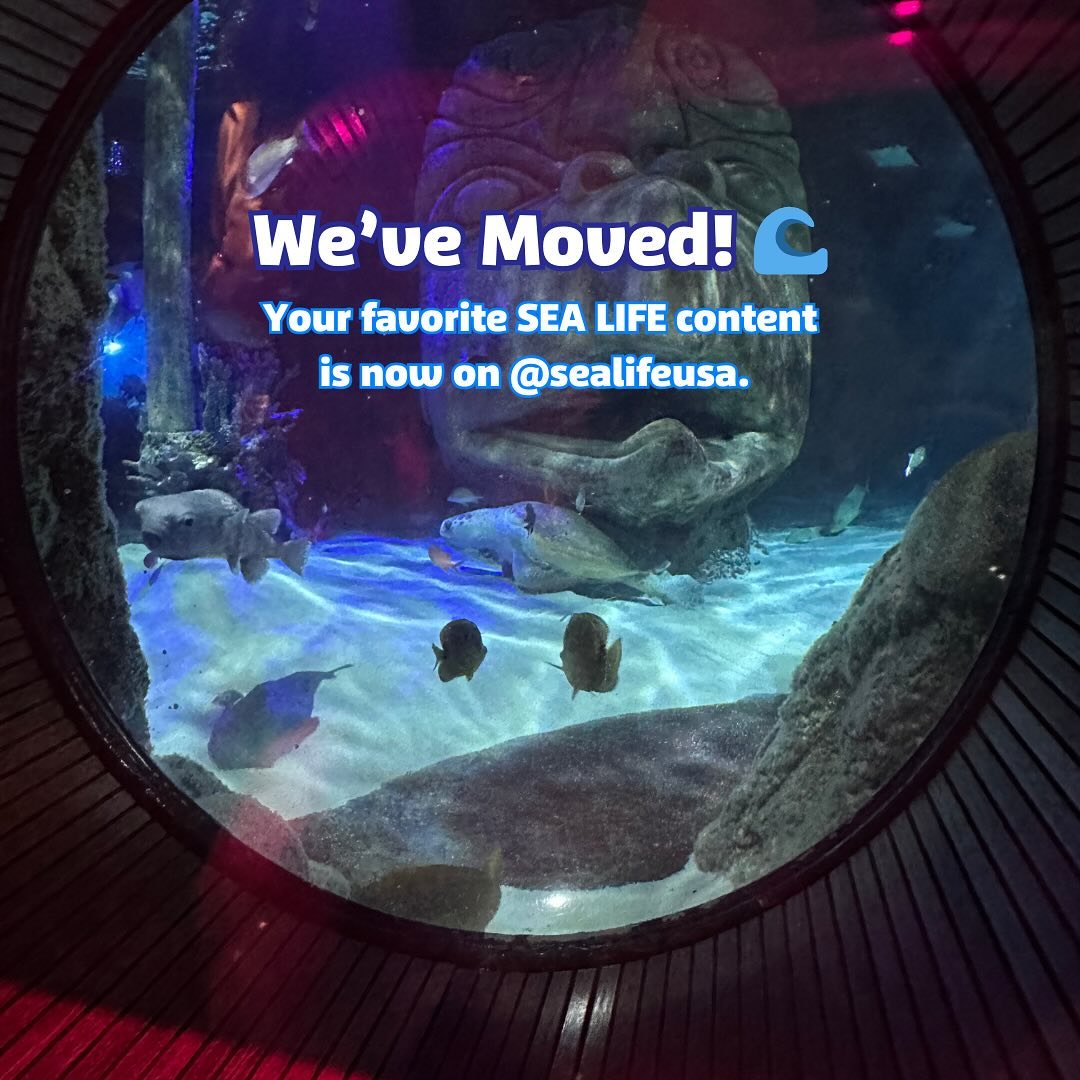- The importance of social media in wildlife conservation and outreach, using Instagram as a platform for zoo management and education.
- Insights into the Sealife USA Instagram account transition and its role in promoting underwater adventures and conservation efforts.
- The ecological significance of marine ecosystems and the role of aquariums in raising awareness for marine conservation.
- The use of technology and digital platforms in enhancing wildlife education and public engagement in zoology.
- The challenges and strategies in managing online presence and content for wildlife-focused organizations.
Social media platforms, particularly Instagram, have become indispensable tools for wildlife conservation and educational outreach. These platforms help organizations reach a wider audience, engaging people from various demographics in conversations about ecological preservation and species protection. For organizations managing zoos and aquariums, Instagram offers an ideal platform for highlighting the beauty and importance of wildlife while educating the public on conservation issues.
Instagram serves as a visual storytelling medium, allowing institutions to showcase animals in their care, share news on conservation programs, and engage audiences with educational content. With its visual focus, Instagram helps capture the attention of global audiences, fostering a connection with nature and emphasizing the need for conservation. For instance, accounts like SeaLife USA have moved their Instagram presence to a new account, @sealifeusa, focusing on showcasing underwater adventures. This move not only refreshes their digital identity but also expands their capacity for outreach and public engagement.
The recent transition of SeaLife USA’s Instagram account exemplifies strategic digital innovation in wildlife organizations. By relocating their account, SeaLife can leverage new opportunities for brand building and audience interaction. The transfer to the handle @sealifeusa is also an invitation for new followers to explore underwater wonders and participate in conservation efforts. This move reflects a broader trend in the zoo management sector, where online ecosystems are becoming vital to organizational strategy and communication.
A significant aspect of this Instagram shift is the focus on underwater ecosystems. Marine life plays a crucial role in global biodiversity, offering insights into ecological health and internal balance. Oceans and seas cover more than 70% of the Earth’s surface, hosting intricate networks of organisms from the smallest plankton to the largest whales. Marine organisms contribute to the regulation of the Earth’s climate, making their conservation a priority for sustainable development.
Aquariums like SeaLife stand at the forefront of efforts to educate the public on the importance of conserving these ecosystems. By using platforms like Instagram, they can offer virtual tours, behind-the-scenes looks at marine life, and educational content that underscores the importance of protecting aquatic environments. Engaging digital storytelling reaches new audiences, fostering a sense of responsibility and curiosity about the natural world.
Moreover, the integration of technology in wildlife education extends beyond social media. Institutions are increasingly embracing digital tools to enhance learning experiences. Interactive apps, virtual reality experiences, and online workshops supplement traditional education, providing tangible information about marine biology and conservation practices. For instance, digital platforms may offer simulations of coral reef ecosystems, helping users understand the impact of environmental changes on marine life.
The use of social media is not without challenges. Managing an online presence requires a balance of informative content and engaging visuals, demanding creative strategies and continuous updates. Wildlife-focused organizations must maintain a consistent brand voice while responding to the interests and concerns of their audience. Additionally, they face the challenge of standing out among a vast sea of digital content, further intensifying the need for compelling narratives and educational significance.
In navigating these challenges, organizations can adopt several strategies. Collaborative efforts with other conservation agencies or influencers can amplify their message and broaden their reach. Furthermore, engaging content that encourages audience interaction, such as polls, quizzes, and interactive videos, can increase visibility and foster community support. Regular updates on conservation projects and success stories also keep audiences informed and emotionally connected to the cause.
Social media, particularly Instagram, continues to reshape how wildlife organizations engage with the public. By focusing on educational content and emphasizing conservation efforts, organizations can harness the full potential of these platforms. As seen with SeaLife USA, transitioning to a new Instagram account opens avenues for renewed engagement, inviting followers to embark on journeys of discovery and advocacy.
The relationship between digital media and wildlife conservation is evolving. As technology progresses, so does the ability to connect people with the natural world. Whether through stunning underwater visuals or participatory conservation content shared on Instagram, these platforms pave the way for increased awareness and action in support of marine conservation and biodiversity protection. By adapting to these changes, zoos and aquariums can play a pivotal role in shaping a future where people respect and understand their environment better.
*****
Source Description
Reminder! We’ve moved Instagram accounts. Ready for even more underwater adventures? 🌊 @sealifeusa is where it all happens! 🐙


